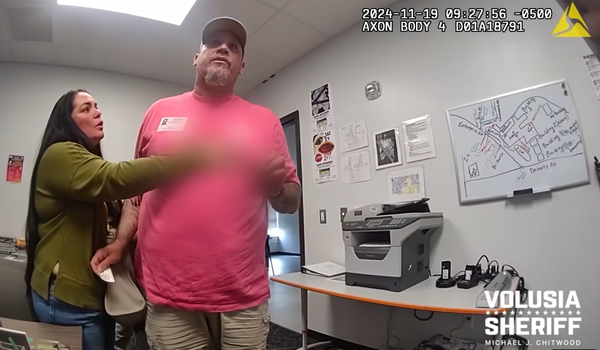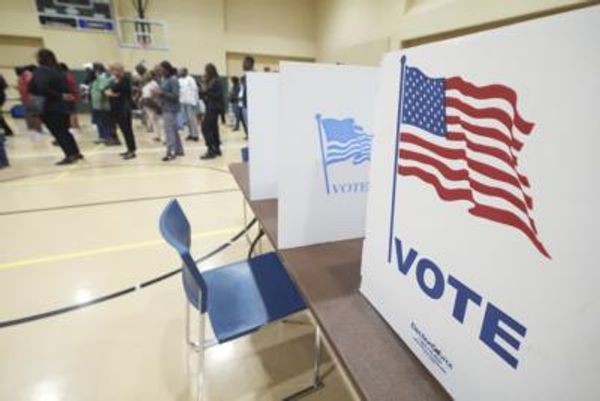Customer service has been tricky for companies whose services rely on third parties and gig workers. In these cases, the companies don't control -- and can't manage the quality of -- the delivery of their services. That creates a major challenge when it comes to fixing problems.
Uber Eats (UBER) faces this issue. The food-delivery service's approach to customer service is not actually focused on fixing problems. It readily offers a refund when things go wrong with your order (or at least it does once you manage to get into contact with the company). But customers can’t eat refunds.
Here’s how the process works:
If your order never arrives or is delivered with problems (wrong items, missing items, food not prepared as you ordered it), Uber Eats directs users to a chat queue. After waiting in a chat queue, you reach a customer-service person, who appears to work from a script that’s designed to convey empathy but offers no actual ability to solve a problem.
This person can offer a refund, which they generally do, and can offer a small additional credit, which they will if you complain. But they can’t actually do anything to get the driver or the restaurant to resolve your problem.
Yes, the person on the chat can contact the gig-worker driver but has no power to make the driver do anything, nor can he or she get the restaurant in question to take any action.
It's more customer management than providing any actual service because the company has chosen to do that over actually solving the problem, which would involve spending more money than credit on future meals costs.
Uber did not respond to an email asking for comment on its customer-service practices.

Shutterstock
Uber Eats Has a Poor Customer-Service Rating
Uber Eats scores 1.5 out of 5 on a popular customer-service-rating site based on nearly 18,000 reviews. These reviews are fairly representative of what appears on the site, which admittedly caters to angry consumers. (Some grammar and spelling have been corrected.)
"I'm not canceling the order. I want to see how long the app is going to continue to update my delivery time for food that was prepared nearly 3 hours ago at a restaurant that's been closed for 2 hours."
"Was missing food and some stuff was wrong. I did call and report with a manager but all they could do was remake it. But I had no car at the moment that is why I used Uber Eats."
"They had nobody to take my call and the automated message directed me to go use their page."
"Can't get help on the app and can't get help through customer support line in order to log in. You tell me to log in for support when I can't log in."
These are just a sampling. And in many ways they're some of the nicer comments.
What Makes for Great Customer Service?
Uber Eats is not alone in providing less-than-perfect customer service. It has been a challenge for digital businesses in general, and Uber's issues are complicated by it not controlling either the restaurants or the drivers.
"Overall customer satisfaction in the United States continues to decline. It is now at a troublesome low, slipping 0.5% to 73.3 (out of 100) in the fourth quarter of 2021 – a level not seen since 2005," according to the national American Customer Satisfaction Index.
There's a reason for that, and a cure.
"During much of the 1990s, there was a sharp decline in customer satisfaction, but as businesses began to realize that customer loyalty was often contributing more to profits than increased market share, there was a shift toward a greater focus on customer satisfaction. Accordingly, ACSI increased sharply over many years," the ACSI said.
Problems occur, however, when companies lose focus on customer satisfaction.
"As companies modified their attention and resources from customer satisfaction as a key performance indicator to other key measures and devoted more effort to enhancing “the customer experience,” the rate of customer-satisfaction improvement slowed, then flattened, and subsequently turned negative," the ACSI added.
ACSI has declined sharply since 2018, falling nearly 5%.
“Covid-19 has obviously played a role in recent satisfaction slumps. However, since both the flattening and subsequent decline in customer satisfaction began before the pandemic appeared, there are several factors at play,” ACSI Founder Claes Fornell said.
“The most important is deteriorating quality, as judged by consumers. While widespread, it’s most pronounced in services. Due to the pandemic, the problem has been amplified by a lack of product availability, supply issues, and labor shortages.”







